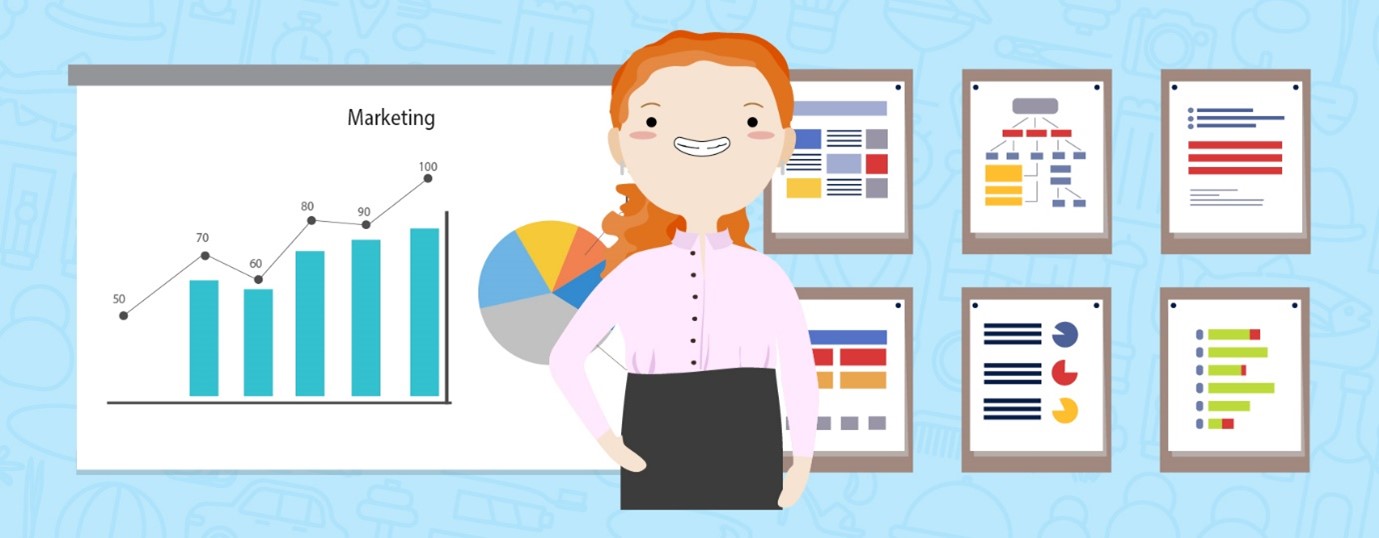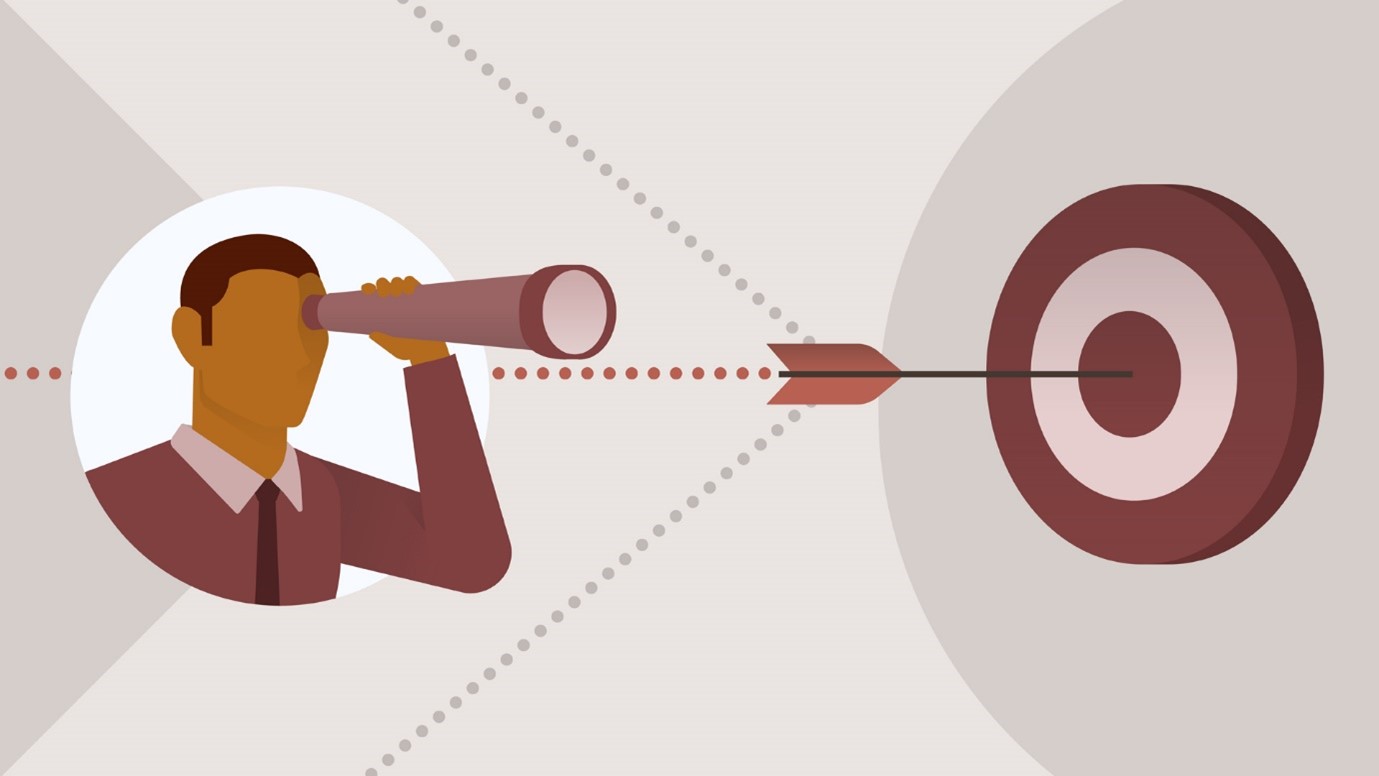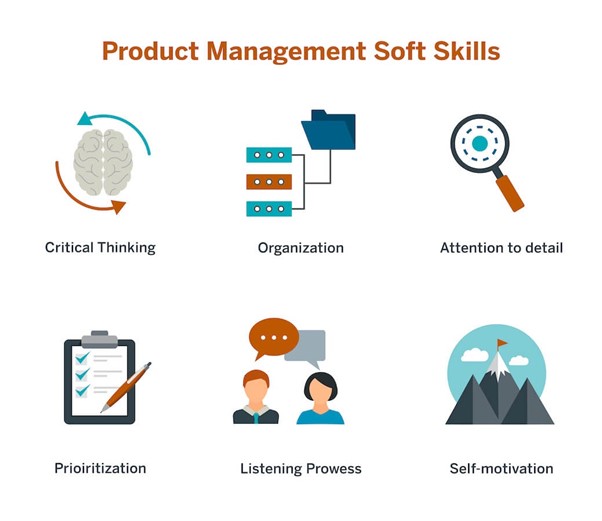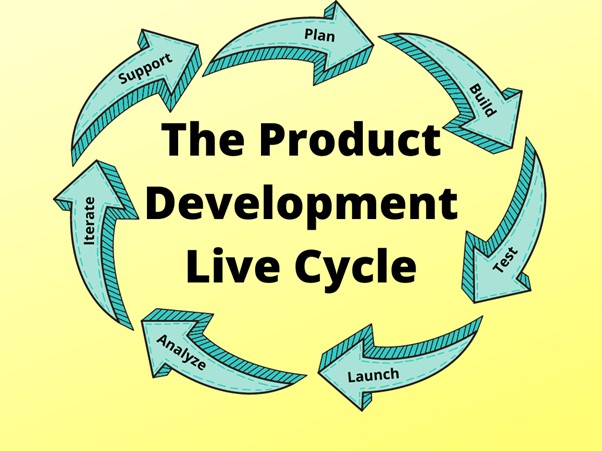In most companies, leaders delegate their responsibilities to managers who ensure the efficient functioning of various departments and teams. Managers have a broader perspective of the organization and oversee its operations. Different types of managers keep a bird’s eye view of different tasks. For instance, operations managers oversee the production process; financial managers handle budgeting and accounting, and human resources managers manage personnel and ensure compliance with labor laws.
However, many people are unaware of the differences between a product manager and a product marketing manager and consider them the same. In reality, there are significant differences between the two. They work in the same domain but have different goals and objectives. In this article, we will highlight some differences between product and product marketing managers to help people draw a margin between the two, so let us not wait and jump right into the details!
Also read: How Can Product Managers and Engineers Collaborate More Effectively >
Table of Contents: hide
What is Product Marketing Manager?
Differences between Product Manager vs Product Marketing Manager
What is Product Manager?
Product managers manage a product’s entire lifecycle, from inception to launch. They are the main decision-makers who ensure the product satisfies customer needs. For instance, suppose a business wants to create a new software product. To ensure the product is created to meet these requirements, the product manager will collaborate closely with the engineering and design teams. Besides this, they will oversee the launch of the finished product and track its performance to make any necessary adjustments.
- Defining product requirements: A clear and concise product vision thoroughly understands the user’s wants. This is one of the responsibilities of a product manager, and It includes everything from designing products to comprehending how to fulfill clients’ requirements. A product manager is also responsible for creating and communicating this vision to all cross-functional teams bringing the product to market.
- Collaborating with stakeholders: To make sure that the product being developed is in line with the overall strategy of the business and satisfies customer needs, a product manager should communicate his ideas and progress done so far with the company’s stakeholders, including customers, sales teams, engineers, designers, and executives. By coordinating stakeholders, the product manager can ensure that the product development process goes smoothly and that the finished product meets or exceeds the customer’s expectations.
- Prioritizing Activities: Product managers decide which product features to include based on customer needs, market research, and company goals. They prioritize these features, considering resources and budget, to ensure timely and cost-effective product delivery that meets customer needs. While scoping and prioritizing activities, they also need to keep in mind the available resources and budget.

What Is A Product Manager
What is Product Marketing Manager?
Wondering what is the role of a product marketing manager within an organization? You are at the right place! Product marketing managers promote and sell products by extracting customer needs. They collaborate with product managers and sales teams to develop immaculate marketing strategies that generate interest in the product and drive sales. One of their primary goals is to increase customer satisfaction through effective marketing strategies and content creation. Finally, they want to ensure a successful product launch and reach the intended market.
- Analyzing rising trends in the market: The main duty of a product marketing manager is to keep track of and analyze market trends. An effective product marketing manager should possess practical experience utilizing tools and techniques to track market trends, such as conducting customer surveys, analyzing market research reports and data, and performing competitor analysis. Its prerequisites are to identify changes in customer demands, new competitors, emerging technologies, and other factors that could influence the product’s success
- Perform SWOT analysis: SWOT (Strengths, Weaknesses, Opportunities, and Threats) analysis is a common tool used in marketing to evaluate the product’s position in the market compared to its competitors, identify areas for improvement, and develop strategies to capitalize on opportunities and minimize risks. Product marketing managers use SWOT analysis to understand the product’s strengths and weaknesses, identify potential opportunities in the market, and assess the threats posed by competitors.
- Building awareness: Product marketing managers are in charge of enhancing product awareness through various channels such as social media apps like LinkedIn, Facebook, Instagram, etc., copywriting, and blogs. To accomplish this, they must identify the type of campaign required, allocate a marketing budget, develop a project plan for content release, and supervise a team responsible for producing the desired content.

What Is A Product Marketing Manager
Differences between Product Manager vs Product Marketing Manager
Wondering what are the differences between the commonly renowned managers? Let us help you! In product development, different roles equipped with different skill set work together to ensure the success of a product. Two of the most crucial roles are Product managers and Product marketing managers. While both roles may seem similar, there are significant differences between the two. This section will discuss five major differences between Product Managers and Product Marketing Managers to help you better understand each role’s unique skill sets and responsibilities. Let us look into the differences mentioned below:
Difference Center of Attention
Setting the focus and center of attention is important in product management because it assists the product team in clearly defining and prioritizing their goals and tasks. Without a clear focus, the team may have difficulty making decisions, allocating resources, and producing a product that does not meet the target market’s needs, resulting in failure. A Product Manager’s primary duty is explicitly overseeing the product development process and ensuring that it meets the customer’s needs. Looking at the center of attention of the product marketing manager is to make the product popular before the launch by developing successful marketing strategies.
To illustrate, let us take the example tech giant and the epicenter of innovation, i.e., Apple. The Product Manager’s responsibility for developing a new iPhone model would be to oversee the development process, define the product’s features, and ensure that it meets the target market’s needs. They would work closely with the design, engineering, and development teams to create a functional, user-friendly, and visually appealing product.
The Product Marketing Manager, on the other hand, would be focused on creating demand and promoting the iPhone to the target market through social and psychological techniques. They would develop marketing strategies such as making billboard advertisements, flexes, promoting the product on social media, and collaborating with retailers to showcase the product. Their goal would be to generate interest and increase iPhone sales.

Difference Center Of Attention
Difference Importance of Decision Making
Decision-making authority refers to the level of responsibility a manager has in making important decisions related to their area of expertise. At every point, an organization has to make decisions, and choosing the right one makes the company succeed. In the context of product and product marketing managers, decision-making authority can vary depending on the organization’s structure and the manager’s seniority.
Product managers typically have extensive decision-making authority in their field of expertise. They are accountable for all product development and launch decisions and are responsible for the product’s overall success, starting from requirement elicitation to deployment. This includes product features, pricing, positioning, and distribution decisions. A high level of decision-making authority allows product managers to shape the direction of the product and make critical decisions.
On the other hand, product marketing managers have a lower level of decision-making authority. Their role focuses more on executing the go-to-market strategy developed by the product manager and senior leaders. They may provide input into product positioning, messaging, and pricing decisions, but the final decision typically rests with the product manager.

Difference Importance Of Decision Making
Difference Analytically understanding customer
Analytically understanding customers requires gathering and analyzing data about customer needs, preferences, and behaviors to gain insights into improving or developing new products that meet their needs. Conducting surveys, analyzing customer feedback and reviews, and studying customer behavior and usage patterns are all examples of methods.
Inside a production department, Product managers within a product team collaborate closely with customers to gain insights into their needs and preferences. They collect customer feedback and use it to inform product development decisions. Product Marketing Managers, conversely, create the difference by focusing on understanding the target market. To develop effective marketing strategies, they analyze market trends and customer behavior.
For instance, based on the insights gathered by the product manager, the company may introduce a new camera feature that customers have been requesting. Meanwhile, the product marketing manager will develop a campaign highlighting this feature and targeting a specific customer segment, such as photography enthusiasts. This way, both managers work together based on the outcome of surveys done by the product manager to meet customer needs and promote the product effectively.

Difference Analytically Understanding Customer
Difference Possessing skills
Managing a product requires diverse skills, including but not limited to strategic thinking, finding solutions to overcome hurdles, leadership, and communication. Product and product marketing managers in the development team carry their skillset, which have overlapping and unique qualities that only they can imply. When we look at a product manager, He/She must be a good team leader and should be well-spoken. Besides this, they must also be able to make data-driven decisions, analyze market trends and competitors, and manage budgets and resources effectively.
The Product manager in a company creating a new software application is responsible for leading the development team and ensuring that the software desired outcomes are met. Their expertise lies in software development processes, user experience design, and agile methodologies. Meanwhile, the Product Marketing Manager is accountable for promoting the software to potential customers and creating demand for it. They must be proficient in market research and analysis, competitive analysis, branding, and digital marketing techniques.

Difference Possessing Skills
Difference Involvement Throughout Development Lifecycle of Product
The product development process refers to the steps taken to produce a state-of-the-art new product fulfilling most of the goals from start to finish. It involves identifying the customer’s needs, conducting market research, defining product features and specifications, creating prototypes, testing and refining the product, and finally launching it into the market. The process may vary depending on the company and the product, but the ultimate goal is to create a product that meets the needs and preferences of the target market.
Product Managers oversee the entire product development process, from requirement elicitation to final deployment, collaborating with every relevant department throughout the product lifecycle, including development, engineering, design, and marketing. Their primary objective is to ensure the product is delivered within budget and meets the target market’s needs.
Product Marketing Managers, on the other hand, join the product development lifecycle for a shorter period to create a presence in the market. They focus on developing marketing strategies, creating demand, promoting the product, and analyzing the product’s features and benefits to develop messaging that resonates with the target market, conducting market research and competitor analysis to inform their strategies.

Difference Involvement Throughout Development Lifecycle of Product
Final Thought
In summary, the roles of Product manager and Product marketing manager are different despite being the backbone of a product’s success. They possess unique skills, responsibilities, and objectives that distinguish them from each other. This article has provided an in-depth explanation of the five significant differences between these roles, supported by examples. We hope this article was informative and beneficial to you, and if it was, kindly share it with your friends and colleagues. We are also interested in your feedback, so please leave your thoughts in the comment section below.



